By Stefan de Schill
Hardcover
548 pages
Based on more than 45 years of research at the American Mental Health Foundation (AMHF), this intensive and expert examination of psychotherapy and psychoanalysis points out the important shortcomings in the profession and concludes that there has been a marked decline in the last decades caused by the ever-increasing use of superficial, facile treatment methods. Nonetheless, AMHF research has resulted in invaluable findings, which separate valid approaches from unsustained theorizing and pseudoscientific pretense. The solutions proposed will lead to the transformation of psychotherapy and psychoanalysis into truly viable crafts.
Sample chapters available below.
By Serge Lebovici and Stefan de Schill
Softcover
640 pages
Published by Presses Universitaires de France, 1999
Read the book below.
View/Hide Chapters
Deux voies différentes. Deux livres différents
L'Avenir de la Psychanalyse et de la Psychothérapie en Grande-Bretagne, Part 1
L'Avenir de la Psychanalyse et de la Psychothérapie en Grande-Bretagne, Part 2
En France, Part 1
En France, Part 2
En France, Part 3
En France, Part 4
Cadres de Référence Intrapsychique, Part 1
Cadres de Référence Intrapsychique, Part 2
Quelques Suppositions Confortables, Part 1
Quelques Suppositions Confortables, Part 2
By Serge Lebovici and Stefan de Schill
Softcover
368 pages
Published by Jessica Kingsley Publishers, 1999
Read the full book below.
View/Hide Chapters
Praise
Two Different Roads—Two Different Books
Great Britain, Part 1
Great Britain, Part 2
France, Part 1
France, Part 2
France, Part 3
Germany and Austria, Part 1
Germany and Austria, Part 2
Switzerland
The Future of Psychotherapy, Part 1
The Future of Psychotherapy, Part 2
The Future of Psychotherapy, Part 3
The Future of Individual Psychotherapy, Part 1
The Future of Individual Psychotherapy, Part 2
The Future Role of Psychoanalysis and Psychoanalytic-Oriented Therapy, Part 1
The Future Role of Psychoanalysis and Psychoanalytic-Oriented Therapy, Part 2
Psychoanalysis and Psychiatry
Psychoanalysis, Part 1
Psychoanalysis, Part 2
Psychotherapies, Part 1
Psychotherapies, Part 2
Intrapsychic, Interpersonal, Psychostructural Frames of Reference in Psychotherapy
Issues in Research in the Psychoanalytic Process, Part 1
Issues in Research in the Psychoanalytic Process, Part 2
Issues in Research in the Psychoanalytic Process, Part 3
Issues in Research in the Psychoanalytic Process, Part 4
The Convenience of Convenient Assumptions, Part 1
The Convenience of Convenient Assumptions, Part 2
The Convenience of Convenient Assumptions, Part 3
The Convenience of Convenient Assumptions, Part 4
The Convenience of Convenient Assumptions, Part 5
The Foundations of Psychodynamic Group Therapy, Part 1
The Foundations of Psychodynamic Group Therapy, Part 2
Intensive, Extended Analytic Group Therapy, Part 1
Intensive, Extended Analytic Group Therapy, Part 2
Intensive, Extended Analytic Group Therapy, Part 3
Intensive, Extended Analytic Group Therapy, Part 4
Light Hypnotic Trance in Psychoanalytic Psychotherapy, Part 1
Light Hypnotic Trance in Pyschoanalytic Psychotherapy, Part 2
The Future of Symptom Removal
Healthcare Policy and Opportunities for Psychotherapy and Psychoanalysis
The Role of Mental Health Organizations and Agencies, Part 1
The Role of Mental Health Organizations and Agencies, Part 2
The Future of Public Mental Health Centers, Part 1
The Future of Public Mental Health Centers, Part 2
Mental Health and the Law, Part 1
Mental Health and the Law, Part 2
The Contributors
By Serge Lebovici and Stefan de Schill
Hardcover
402 pages
Published by Ernst Klett Verlag, 1971
Read some excerpts or download the entire book below.
By Stefan de Schill
From the Series "The Search for the Future"
Hardcover
384 pages
Published by International Universities Press, 1974
Read selected chapters online below.
View/Hide Chapters
Reviews
Foreword
Preface
Introduction to Psychoanalytic Group Psychotherapy, Part 1
Introduction to Psychoanalytic Group Psychotherapy, Part 2
Theoretical Foundations of Group Psychotherapy—I, Part 1
Theorectical Foundations of Group Psychotherapy—I, Part 2
Foundations of Group Psychotherapy—II, Part 1
Foundations of Group Psychotherapy—II, Part 2
Types of Group Psychotherapy and Their Clinical Applications, Part 1
Psychoanalysis in Groups, Part 1
Psychoanalysis in Groups, Part 2
Psychoanalysis in Groups, Part 3
Psychoanalysis in Groups, Part 4
Group Psychotheraphy as a Method of Treatment in a Psychiatric Hospital, Part 1
Group Psychotheraphy as a Method of Treatment in a Psychiatric Hospital, Part 2
Group Psychotheraphy as a Method of Treatment in a Psychiatric Hospital, Part 3
Group Psychotheraphy as a Method of Treatment in a Psychiatric Hospital, Part 4
Group Psychotheraphy as a Method of Treatment in a Psychiatric Hospital, Part 5
Group Psychotheraphy as a Method of Treatment in a Psychiatric Hospital, Part 6
Group Psychotheraphy as a Method of Treatment in a Psychiatric Hospital, Part 7
A Study of the Development of the Tranference Neurosis in Psychoanalytic Group Therapy, Part 1
A Study of the Development of the Tranference Neurosis in Psychoanalytic Group Therapy, Part 2
Group Analysis and the Insights of the Analyst, Part 1
Group Analysis and the Insights of the Analyst, Part 2
Mental Health Groups: An Intensive, Low-Cost Treatment Method, Part 1
Mental Health Groups: An Intensive, Low-Cost Treatment Method, Part 2
A Combination of Psychodrama and Group Psychotherapy, Part 1
A Combination of Psychodrama and Group Psychotherapy, Part 2
A Combination of Psychodrama and Group Psychotherapy, Part 3
Analytic Group Psychotherapy with the Aged, Part 1
Analytic Group Psychotherapy with the Aged, Part 2
Analytic Group Psychotherapy with the Aged, Part 3
Analytic Group Psychotherapy with the Aged, Part 4
Analytic Group Psychotherapy with the Aged, Part 5
Analytic Group Psychotherapy with the Aged, Part 6
By Raymond Flannery
208pp, 6 x 9
Softcover
$30
September, 2013
A nurse is robbed at gunpoint in the emergency room.
A factory supervisor is assaulted by line staff.
A high-school girl is raped in the school locker room.
A correction officer is stabbed by an inmate.
Yearly. Monthly. Daily. Hourly. Somewhere someone has become a victim of violence. In the aftermath of these events, human siuffering in the form of the acute distress of psychological trauma and posttraumatic stress disorder may follow. What can be done?
The Assaulted Staff Action Program (ASAP) addresses this need. ASAP is a voluntary, peer-help, systems-wide crisis-intervention approach for coping with the psychological aftermath of violence. ASAP is a Critical Incident Stress Management approach that includes individual crisis counseling, group debriefings, an employee-victims’ support group, employee victim family outreach, and professional referrals when needed.
ASAP—the most widely researched program of its kind in the world—is associated with providing needed support to employee victims and with sharp reductions in the frequency of vio- lence in many of the facilities where it is fielded. ASAP programs pay for themselves by means of sustained productivity, lower medical and legal expense, and reduced human suffering.
This book is a step-by-step manual that shows you and your organization how to design and field an ASAP program for your needs.
By Raymond Flannery
256pp, 6.5 x 9
Softcover
$15
September, 2013
In a world where being “stressed-out” is such a common condition, some people have learned how to be stress-resistant. For twelve years, Dr. Flannery has studied individuals who can cope effectively with stress and created Project SMART (Stress Management and Relaxation Training) as a way to help people develop skills to become stress-resistant through healthy diet, exercise, relaxation, and problem-solving skills.
By Raymond Flannery
112pp, 6 x 9
Softcover
$12
February, 2017
Terrorism. It is a tragically informing reality of our times. As poet W. H. Auden characterized a different era “The Age of Anxiety,” so ours is “The Age of Terrorism.” Urban-transit systems post signs “If you see something, say something.” The warning appears in several languages. Yet, paradoxically, there is still no known profile of a terrorist.
This reassuring book is directed at two audiences: the hypervigilant public that ever anticipates the next random terrorist incident and professionals, toward whom the public turns for support following such events. The message, from an expert on life-stress and violence, is sobering: Once the immediate danger has passed, it is necessary to make our understandable anxiety more tolerable so that we are not overcome by our fears of such terrorist events. This book shows how.
By Raymond Flannery
288pp, 6 x 9
Softcover
$20
September 2013
American Mental Health Foundation Books
ISBN: 9781590563588
“This book is must reading for anyone who identifies themselves with my work. The biochemical information contained here could be the beginning of a personal miracle for you.”
—John Bradshaw
“But what happens when you really are a victim of trauma? Most victims don’t talk. Victims try to forget because talking doesn’t stop the pain and shame of being a victim. This book doesn’t just talk about trauma and PTSD; this book shows what victims can do about it. The author has worked with many victims, particularly women victims of rape and childhood physical and sexual abuse. He has learned from them the secrets of surviving. Now he has written this book with an action plan for victims to help themselves how to survive. It is the first, and will remain the finest book detailing exactly what you can do to overcome the helplessness of being a victim of trauma and PTSD.”
—Walter Penk, Ph.D., Harvard Medical School and the National PTSD Center, VA Medical Center, Boston
“A basic introduction to PTSD. Written for victims, it is a helpful source for understanding the responses a psychologically healthy person is likely to undergo after experiencing an acute tramatic episode.”
—Journal of Traumatic Stress
“This is a wonderful first book for a person who is initially experiencing symptoms of PTSD. It provides a context and offers sound information; this makes the book an ideal resource.”
—Vision
“Clinical, gripping . . . offers professional value to therapists.”
—Journey
By Raymond Flannery
201pp, 6 x 9
Hardcover/Softcover
$115/$15
February 2022
A clinical and neuroscientific perspective on how young people become violent and how clinicians, parents, and educators can work to prevent it.
Preventing Youth Violence: A Guide for Parents, Teachers, and Counselors was issued 20 years ago, and it had a positive impact. Yet sadly, youth violence continues at an alarming rate. This updated version, now called Preventing Youth Violence Before It Begins, reflects clinical and neuroscience advances in understanding more fully why some youth become more violent and how to improve treatment.
There are four new areas of development that were not included in the original book: (1) the impact of maternal stress on the embryo, (2) significant advances in understanding the adolescent brain, (3) the development of the Adverse Childhood Events Scale (ACE), and (4) the important role of toxic stress. Dr. Flannery, an authority on posttraumatic stress disorder and violence, writes in an accessible, jargon-free style in order to enhance our understanding of troublesome social trends
By Raymond Flannery
178pp, 6 x 9
Softcover
$15
September, 1997
You have four locks on the door. Metal detectors are everywhere. You try to comprehend the headlines: our of nowhere, someone goes on a shooting rampage. In another part of the country, a mother has calmly drowned her children. What are we to make of these real-life events? Why have we come to this. Can we stand the pressure?
Dr. Flannery, a clinical psychologist and counselor in the field of stress management (and its most serious manifestation, post-traumatic stress disorder, or PTSD) has studied violence in depth—its causes in criminals and effects on victims—and offers reasons, as well as inspiring solutions, in this timely book. In explaining why violent people behave the way they do, Flannery examines the outer as well as inner causes. Are some people biologically more prone to perpetrate violent behavior? If violent crime is supposed to be dropping, why don’t we feel very safe? Once the causes and effects are understood, part 2 of this book presents practical coping strategies and proven programs from the author’s twenty-five years of professional counseling and national speaking. He shows us how to gain emotional control and get involved.
By Raymond Flannery
208pp, 6 x 9
Softcover
$20
September, 2013
The need to safeguard the workplace has never been greater. This is the first comprehensive study of the experience, prevention and treatment of workplace violence.
By Raymond Flannery
192pp, 6 x 9
Softcover
$15
April, 2016
Shootings. Stabbings. Rapes. Acts of terror. These can’t happen here. But they do.
Are these truly random events? Can this violence ever be stopped? Can it be prevented? Can we at least reduce the risk?
Violence: Why People Do Bad Things, with Strategies to Reduce that Risk probes the subject through key chapters revised as necessary to bring the subject up to the minute drawn from Dr. Flannery’s other groundbreaking books. Flannery is among those at the forefront, studying the effects of violence and posttraumatic stress disorder. The information here highlights the significant findings in this research, over the past quarter-century, on the topics of psychological trauma, PTSD, and its victims.
Writing on Flannery’s Preventing Youth Violence, child psychiatrist Marcia Scott, M.D., says: This is not a novel. Dr. Flannery uses his characters and stories to illustrate where and how to look for the warning signs of violence. Civility and community matter, but I think Dr. Flannery does not take the usual tack of bemoaning their loss since, in his eyes, they are more effect than cause. His message is that to a large extent the violence epidemic is a product of our failure to be appalled by it and our failure to do something about it every day.
The present book is published to reduce suffering and save lives.
By Raymond B. Flannery
208pp, 6 x 9
Softcover
$30
October, 2009
Published in October 2009, The Violent Person: Professional Risk Management Strategies for Safety and Care by Dr. Raymond B. Flannery Jr. is the first title published under the imprint of American Mental Health Foundation Books, and distributed by Lantern. For additional details, please see the Programs page.
By Erich Fromm
168pp, 6 x 9
paperback
$25
November, 2010
An intensive understanding of psychoanalytic theory, relating Freudian insights and practices to the needs of society; dealing with the unconscious in psychotherapeutic practice; and considering the relevance of Freud’s discoveries for therapy today.
By Erich Fromm
144 pp, 6 x 9
Softcover
$25
November, 2010
Fromm’s follow-up to Escape from Freedom and The Art of Loving is a keen study of violence on a small scale leading to the specter of mass destruction.
By Erich Fromm
168pp, 6 x 9
Softcover
$25
November, 2010
A brilliant meditation on mental health in the modern world; alienation and mental health; ways to overcome “the insane society”; a comprehensive analysis of prevailing concepts of mental health against Fromm’s views on overcoming destructive narcissism and social determinants of mental health; and a look at humankind’s alleged passivity in relation to dreams, child development, and psychology.
By Erich Fromm
160 pp, 6 x 9
Softcover
$25
November, 2010
First published in 1968, the year of international-student confrontation and revolution, this classic challenges readers to choose which of two roads humankind ought to take: the one, leading to a completely mechanized society with the individual a helpless cog in a machine bent on mass destruction; or the second, being the path of humanism and hope.
By Joanne H. Gavin and James Campbell Quick, David J. Gavin
192pp, 6 x 9
Softcover
$20
May, 2013
Too many women find their workplace life in conflict with other aspirations they may have. This jargon-free and practical book (with more than a dozen case studies and interviews with famous and successful women executives throughout the United States, such as Helen Thomas, Brooke Shields, Rebecca Chopp, and others) is an in-depth primer for women in the workplace to maximize their potential and fulfill their lives. The psychological insights contained herein will appeal to a wide audience.
By Henry Kellerman
208pp, 6 x 9
Softcover
$25
October, 2014
There exist a plethora of definitions to the concept of delusion. Some are quite general, some more specific, and some more in-depth. Yet, it is accepted that preventing or curing delusional thinking has not yet acquired a tactical procedure or approach.
Ostensibly, this means that the essence of any bona fide delusion is simply not understood by the vast majority of theoretical and/or practicing clinicians. Historically, it means that the trigger, the motive, and the psychic arrangement of forces of the phenomenon defined as delusion have been elusive. Dr. Kellerman, the author of Personality: How it Forms, brings the problem of delusion into sharper focus for a better understanding.
By Henry Kellerman
176pp, 6 x 9
Softcover
$15
January, 2020
In this book—written for clinicians, as well as for the curious general reader—Dr. Henry Kellerman examines psychological symptoms such as obsessions, compulsions, and phobias by using a symptom code to unrave and then cure the symptom.
The unfortunate fact is that psychotherapists have never really had a map or an instruction manual that they could follow so that any symptom could be unlocked and cured. Even though psychotherapists know a great deal about the processes of psychotherapeutic treatment, nowhere is there any spelled-out technique that they could systematically use to penetrate the symptom and cure it.
This book is more than a technical treatise. It considers 10 fascinating cases to show how Dr. Kellerman’s methods have worked for more than a half-century of private practice. A majority among those profiled do not require medication, some do. In addition to discussing the cure, Kellerman employs a way to struggle more effectively, with the objective of learning how to utilize the symptom code.
By Henry Kellerman
370pp, 6 x 9
Softcover
$40
April 2015
Here is the classic edition from 1979—a major integration of original and known theory of group psychotherapy—back in print. Kellerman presents a theoretical integration of the structure of group process, group therapy inherent in that process, and the personality forces of individual members of the group. He shows how these three components unite to produce a therapeutic group environment. The question this work seeks to answer concerns how a ritualized personality structure of individuals intersects with seemingly immutable group processes in a way that creates a therapeutic blending. For the student and clinician alike, this book provides unique yet timeless research and theory.
By Henry Kellerman
256pp, 6 x 9
Hardcover/Softcover
/Ebook
$135/$30/$9.99
June 2021
In this book, language is seen as embedded in the infant’s universe of emotion. Thus, language is seen as innate and is understood as representing prototype emotions implemented at birth, and connected to a brain-wired attachment-need. The overarching power-theme of it all—including primacy of emotion with respect to language, along with the importance of attachment-need—is identified and defined in detail, especially as it concerns the organizational power of a person’s basic-wish. This is where the center, the core of the interaction between emotion, attachment, and language-origin, is revealed—that is, with respect to the relative success-index of the person’s basic-wish. Such a basic-wish is what gives shape and meaning to the person’s entire personality. Thus, the psycho/biological underpinning of The Origin of Language is that of an evolutionary view of the entire arena of the origin of language and its suffusion in the primary emotions and primary behavioral prototypes found at all phylogenetic levels.
By Henry Kellerman
204pp, 6 x 9
Softcover
$25
September, 2012
Perhaps the central question of psychology involves how personality—personhood—is formed. The twin factors or causes, of nature (genetics) versus nurture (environment), always lurk and subtly interplant in an epigenetic synthesis. This book, for professionals as well as for general readers, identifies and consolidates an understanding of personality development, personality type, and personality style. Twelve Styles are identified and displayed through case examples. Examined is the powerful organizing principle of how emotion, especially anger, is managed. A detailed glossary helps guide the reader.
By Henry Kellerman
208pp, 6 x 9
Softcover
$25
May, 2018
Via the metaphorical ignition and forward movement of the therapeutic process, in Psychotherapeutic Traction Dr. Henry Kellerman takes the reader on a journey through his decades of work with patients: reaching to their power-themes. These keep the individual’s personality organized, so that resulting behavior can fulfill basic-wishes. Five compelling Case Histories make this a book not only for professionals but for anyone interested in the difficult-and-rewarding work of the psychotherapeutic process.
By Henry Kellerman
224pp, 6 x 9
Softcover
$25
April, 2016
This book probes institutional life through nine fascinating profiles. In the words of its author: “The unalloyed truth is that I’m in thrall to idiosyncracy. It possibly could be said that I actually love pathology. Well, let me explain: It’s that I love to be near it, to see it, to observe it with a clinical eye. I feel strongly sympathetic toward people who are severely and emotionally and psychologically ill. I see pathology as an expressionist and Cubist rendition of reality.” You will not soon forget these nine stories, or how Dr. Kellerman deals with the delusional, the unusual and strange, in a modern setting.
By Mary Nichols and Suzanne Button, Katherine Hoople, and Laura Lappan
100pp, 6 x 9
Softcover
$75
April, 2016
The present book is a collaborative effort: researched by Astor Services for Children and Families, funded by The American Mental Health Foundation. It presents the significant findings of a two-year study with wider implications and potential applications. Since 1953, Astor Services (formerly The Astor Home for Children) has been providing behavioral and educational services in a caring environment wherein children and their families find strength, healing, hope, and trust. Astor Services serves more than seven-thousand children and families every year in thirty-two locations in the Hudson Valley of New York State and the Bronx.








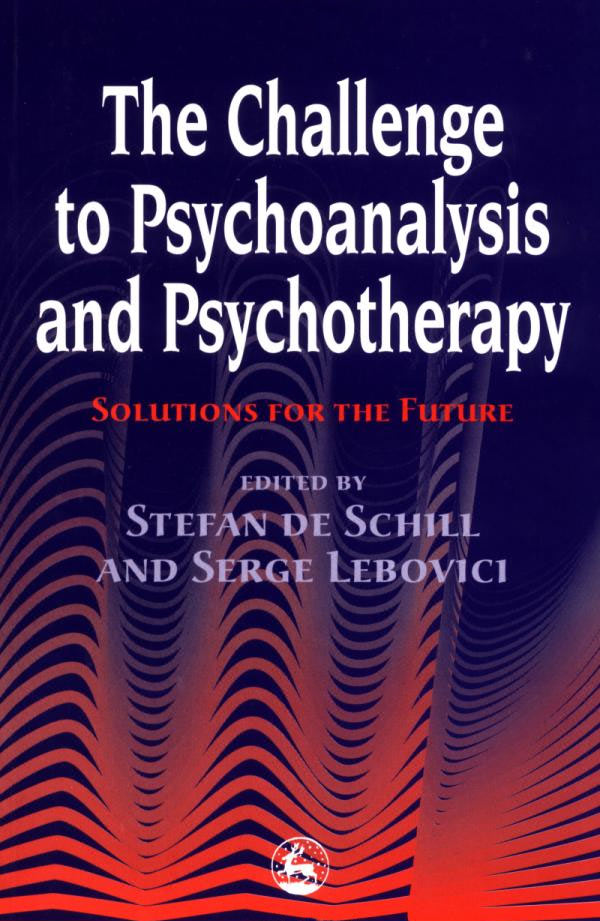


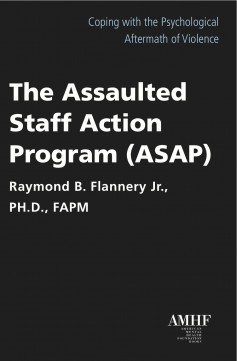
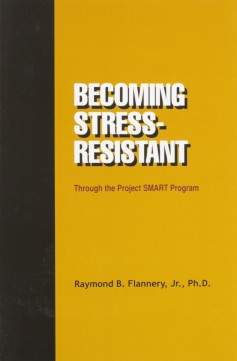

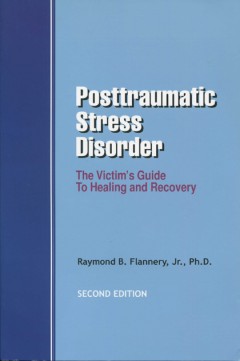


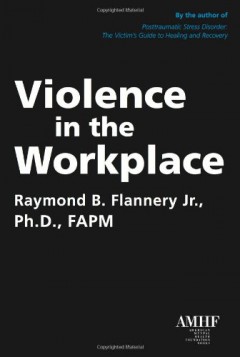




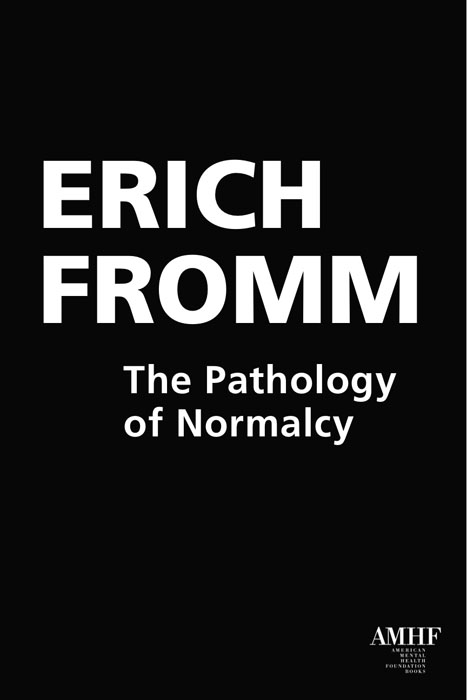

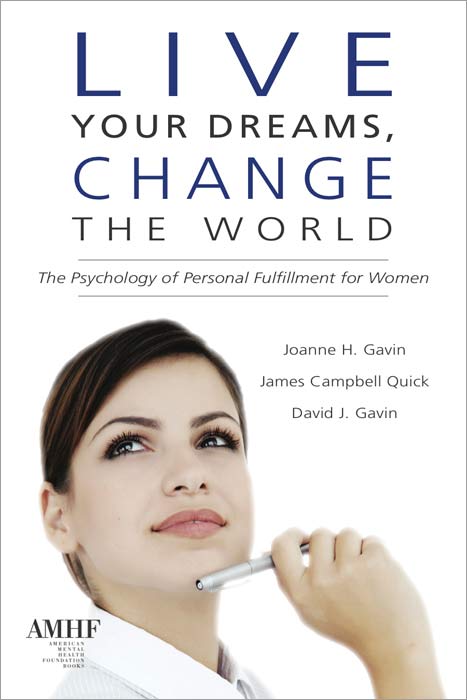
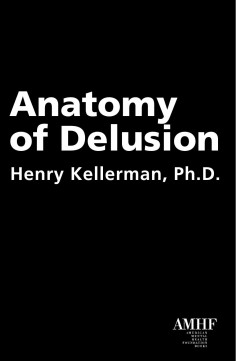




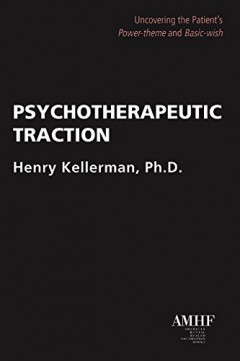





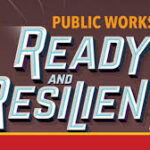

 Host Companion
Host Companion